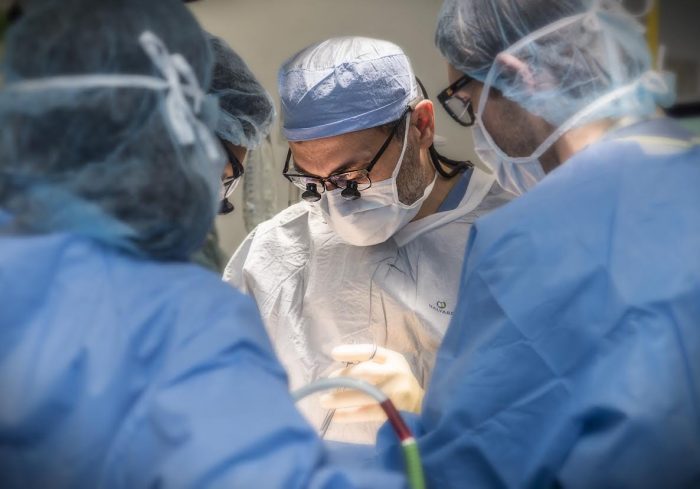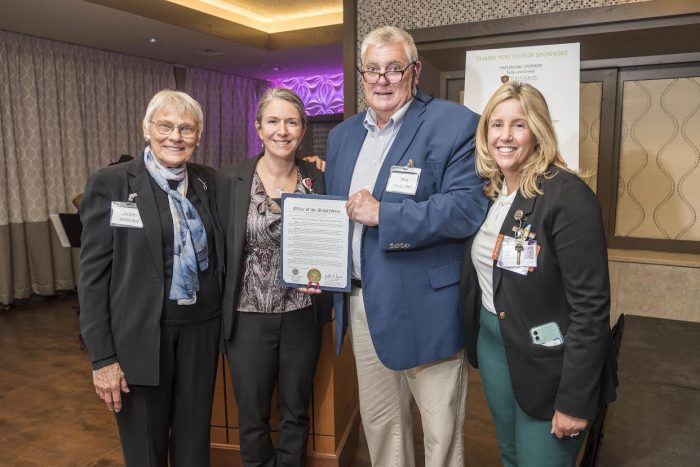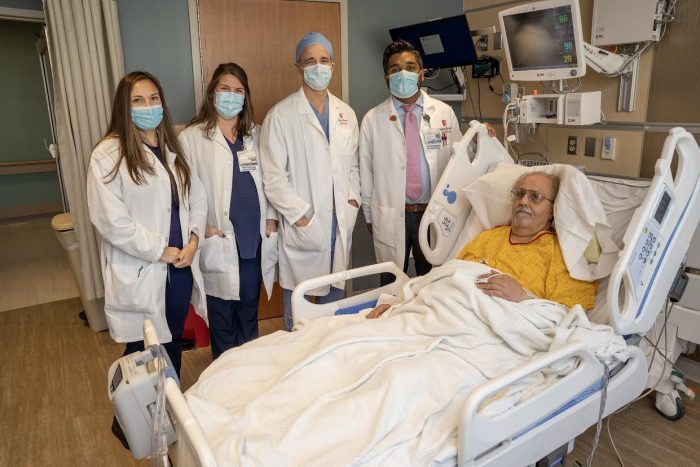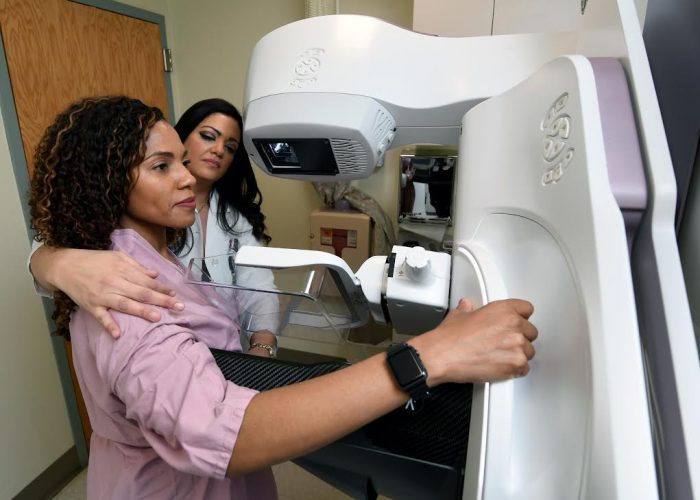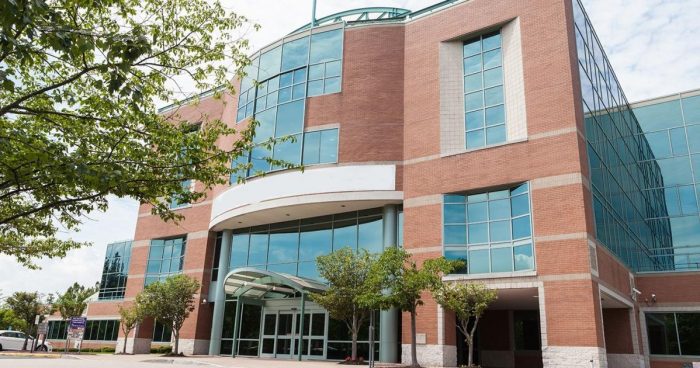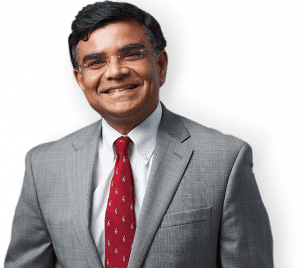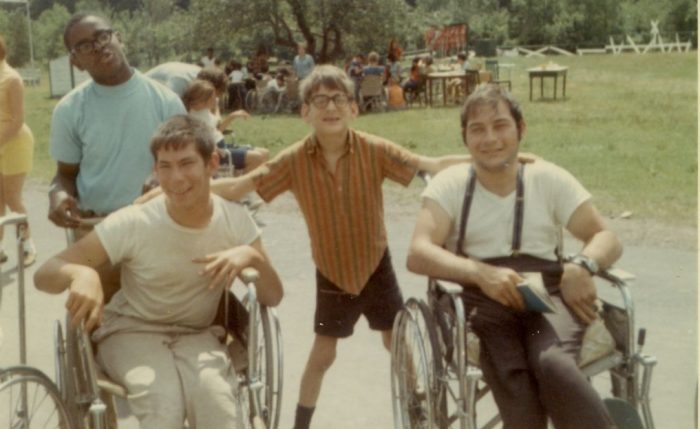By Daniel Dunaief
Like the rest of the state and country, Suffolk County is grappling with a shortage of pediatric amoxicillin, the drug most often used to treat bacterial infections such as strep throat and ear infections.
In the last few weeks, parents have gone to their local pharmacies, only to find that the liquid form of the medicine that’s suitable for their children is out of stock.
“There is a shortage,” said Dr. Sharon Nachman, chief of the Division of Pediatric Infectious Diseases at Stony Brook Children’s Hospital, who estimates that the medicine isn’t available about half the time the hospital prescribes it. “We worry that it’s going to continue to happen.”
As more children are around their friends and family before and during the holidays “it’s going to get worse,” she added.
This, doctors said, is not a Long Island or even a New York state problem. It’s national.
Nachman’s granddaughter needed amoxicillin in Florida. Her daughter drove around from pharmacy to pharmacy until she found one that had the medicine.
Doctors suggested that a number of factors have contributed to the shortage. For starters, some urgent care centers and doctors around the country are prescribing amoxicillin when children have viral infections. The medicine not only isn’t helping with sore throats or other viral symptoms, but it also isn’t as available for the children who have bacterial infections.
Nachman urges parents to make sure their children have an infection for which amoxicillin or any other drug works before picking it up from the pharmacy.
“When the pediatrician does a viral test and you get a positive, you know what it is,” she said. “When they do a throat swab for strep and it’s negative, you know what it’s not.”
Nachman told parents to ask whoever is prescribing antibiotics like amoxicillin if their children really need the medicine.
“If there is a silver lining, it’s forcing clinicians to try not to over prescribe it,” said Dr. James Cavanagh, director of Pediatrics at Port Jefferson’s St. Charles Hospital.
Finally, the stock of amoxicillin is low nationally.
For parents, the effect of the shortage has ranged from the expected anxiety over a limited resource to an awareness of a new reality.
Indeed, earlier this year, parents struggled to find baby formula.
“They are accepting of it, given the climate we’ve been in with formula,” Cavanagh said. “Parents are unfortunately getting used to it.”
Other infections
With viruses like respiratory syncytial virus, the flu, and COVID-19 prevalent and increasing in communities around Long Island, children and adults are increasingly getting sick and exhibiting the kind of general symptoms that could be viral or bacterial.
Stony Brook Children’s Hospital continues to have a steady stream of patients.
“We were full before Thanksgiving, full on Thanksgiving and full after Thanksgiving,” Nachman said. “As soon as a bed opens, another child comes in.”
While strep throat is easy to diagnose, ear infections can be either viral or bacterial.
Pediatric associations offer various guidelines. For children who are 9 and over, parents can do watchful waiting, but for children who are younger, like 4 months old, parents should use antibiotics.
While childhood forms of amoxicillin are limited, adult supplies, in the form of pills and capsules, are not. Children as young as 7 years old can take pills as long as the milligrams of the pills to the kilograms of the child’s weight are appropriate for
the dosage.
Nachman said Stony Brook Children’s Hospital has been doing a lot more calling to pharmacies near where patients live to ensure they have amoxicillin.
“That takes extra time,” she said. Those efforts could mean that families may have to wait longer in the emergency room.
The amoxicillin shortage can be worse for families that don’t have cars.
“How are they getting their prescriptions filled?” Nachman asked. “This is just one more worry.”
Alternatives
Area doctors and pharmacists suggested that there are alternatives to the pediatric form of amoxicillin. Children who are old enough and meet weight requirements can take a pill.
Alternatively, with careful medical guidance, parents can open up the right dose for capsules and mix it with applesauce or some other foods, according to the American Association of Pediatrics.
Doctors can also prescribe other broad spectrum antibiotics, such as augmentin and omnicef.
Using these other antibiotics, however, increases the risk of developing antibiotic resistant infections later.
“The next infection may be harder to treat,” Cavanagh said.
These other antibiotics also may eliminate some of the good bacteria in the gut,
causing diarrhea.
As doctors have increasingly prescribed some of these other medicines, pharmacies have seen the supply of alternatives decrease as well.
“Everyone follows the same algorithm” in prescribing medicine, which means the demand for other prescriptions is increasing, Cavanagh added.
Immune boost
Doctors said children can enhance their overall health and immune systems with healthy eating and sleeping habits and by making sure they are up to date with available preventive measures.
“Get vaccinated,” Cavanagh said. He also urged good hand washing routines.
Cavanagh added that children exposed to cigarette smoke in a house are also at a higher risk of ear infection. As for what constitutes enough sleep for a child, doctors recommend between eight and nine hours per night. That, doctors said, is tough to get for children who sleep with a cell phone near their beds.


